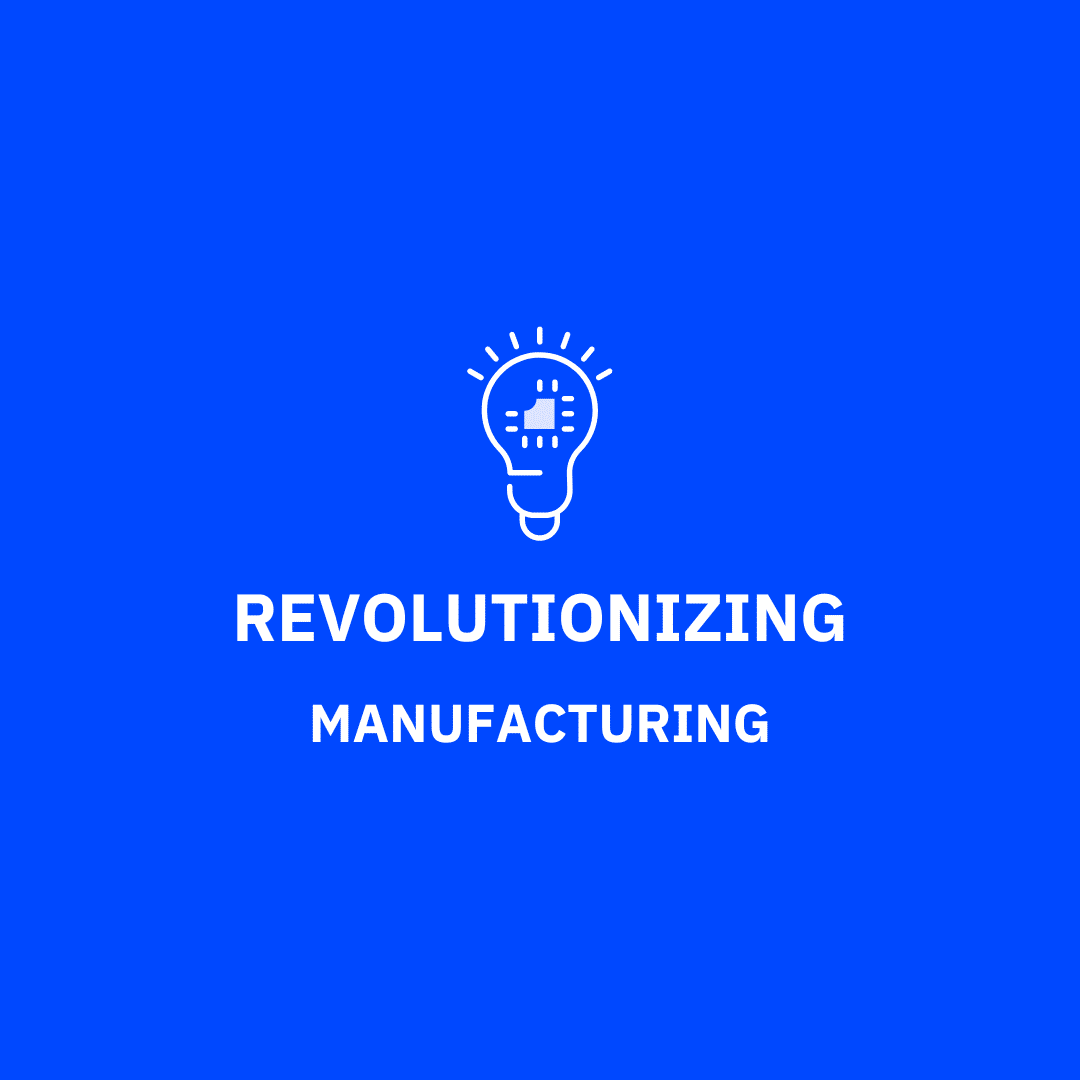By Michael Rivera, PhD
The manufacturing industry is constantly looking for innovative ways to increase efficiency while reducing costs. And the internet of things (IoT) has brought numerous solutions to these challenges faced by manufacturers, especially through predictive maintenance.
For example, by detecting faults before they happen, IoT will help manufacturers increase productivity while lowering costs.
According to this Deloitte Survey, over 86% of respondents believe smart factory solutions will be the primary driver of manufacturing competitiveness over the next five years. The time to adopt IoT is now. But where do you apply it to your business?
There are three main areas manufacturers can harness the most benefits from the internet of things. These areas are:
1. Supply Chain Management
IoT sensors provide end-to-end visibility and control of the manufacturing supply chain.
Manufacturers can track the location of trucks delivering supplies, see detailed information about items in warehouses, or manage the environmental factors (temperature, humidity) that affect how their products are transported or stored.
The transparency of the supply chain helps factory managers who want to create and support streamlined business processes. IoT technology can also reduce the paperwork in the supply chain ecosystem.
2. Factory Floor Operations
IoT sensors can be embedded into plant machinery and equipment to gather real-time data on machine conditions. For instance, a cloud platform like Thinaer receives this data and analyzes it to help manufacturers make informed decisions.
This can give shop floor managers a thorough overview of the manufacturing process and help them schedule maintenance before it’s too late.
Before adopting IIoT solutions, such visibility of factory floor operations was impossible. Today, it is possible to continuously monitor the state of the production process and make quick, data-driven decisions to maintain the machinery’s functionality and improve product quality.
Additionally, wearable IoT devices increase industrial workers’ levels of safety by tracking their whereabouts and health statuses while they work in dangerous environments.
3. Managing Remote and Third-Party Operations
The modern business world requires enterprises to have branches and subsidiaries across countries, cities, or continents. Suppose you don’t currently have affiliate companies. In that case, chances are that you will have them when your company grows.
In addition, businesses can also outsource part of their manufacturing operations to third-party companies to save costs on infrastructure or logistics.
Since these operations are not done physically in your factory, tracking or managing activities can be difficult.
The internet of things solves this problem.
IoT technologies help manufacturers monitor all distributed and outsourced processes from one place. Doing this will help manufacturers ensure that all remote and third-party contractors follow the technological process and standards to develop high-quality products.
Final Thoughts
Although manufacturers leverage IoT to create value from these three areas, the internet of things has many other applications in the manufacturing industry. To stay competitive in the ever-growing business world, business leaders must make a much-needed digital transformation. Thinaer’s team of PhDs, data scientists, business strategists, and technologists are helping the world’s leading manufacturers drive value from their operations. Learn more today.

